Ferns
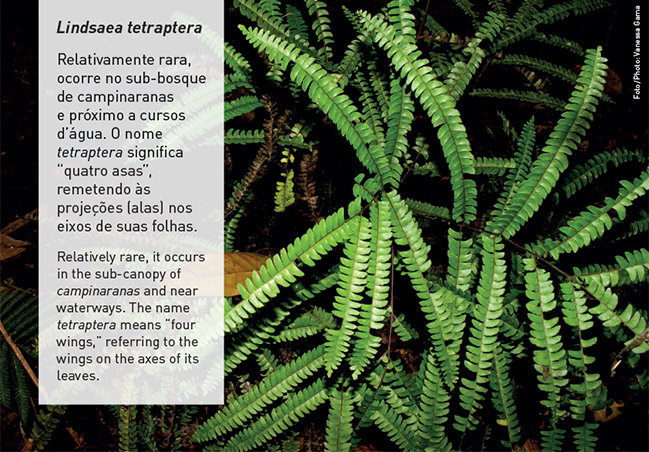
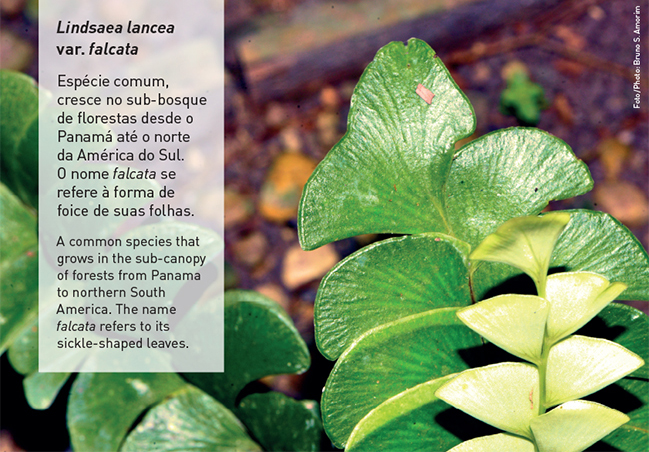
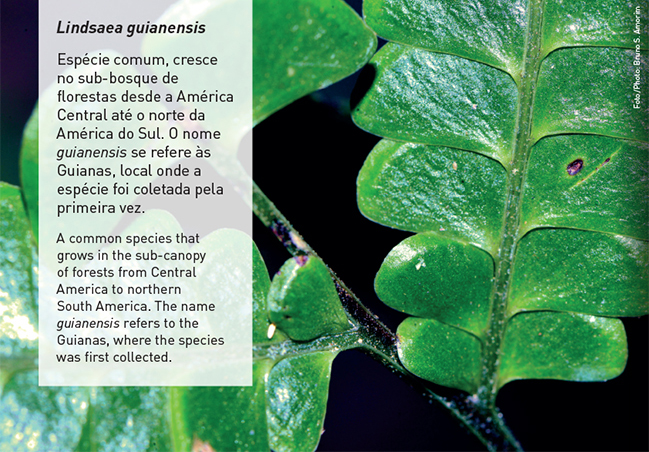
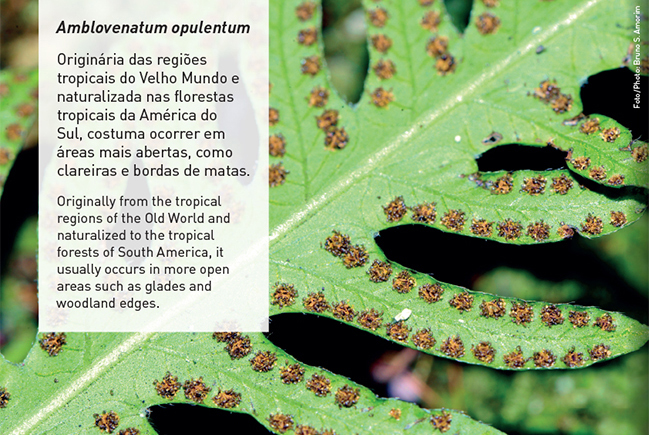
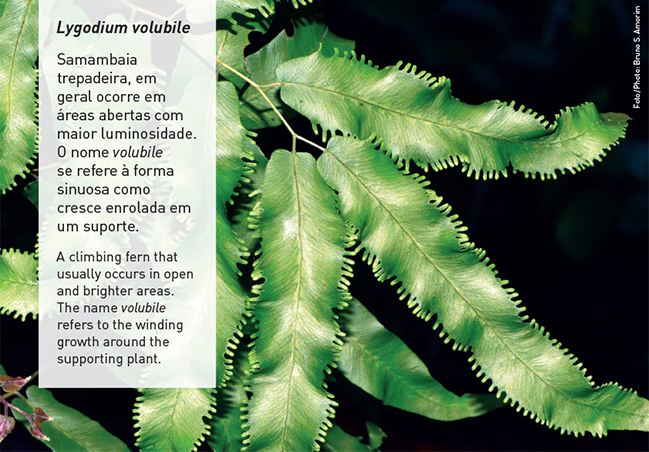
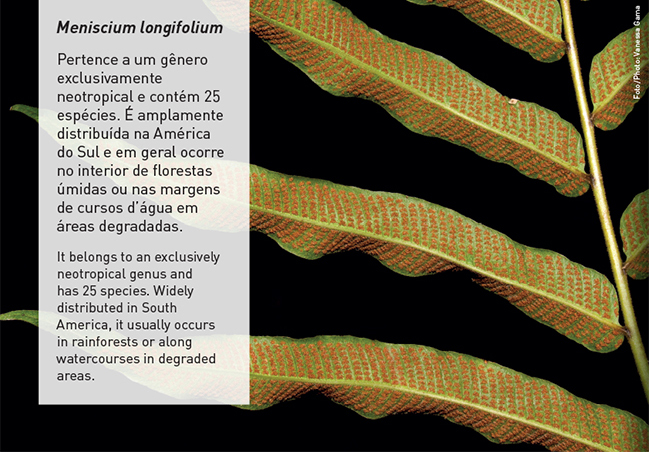
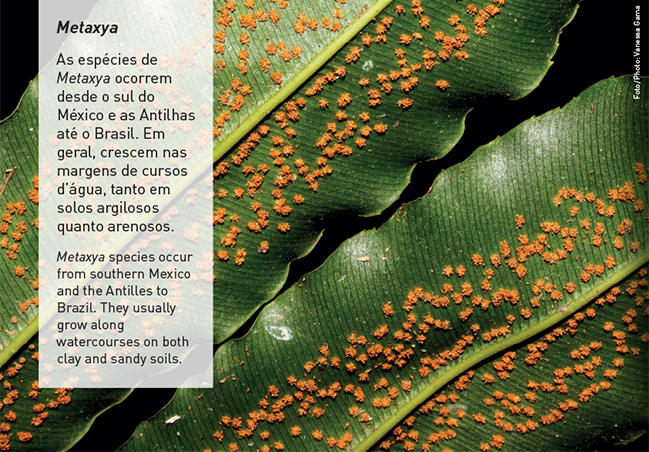
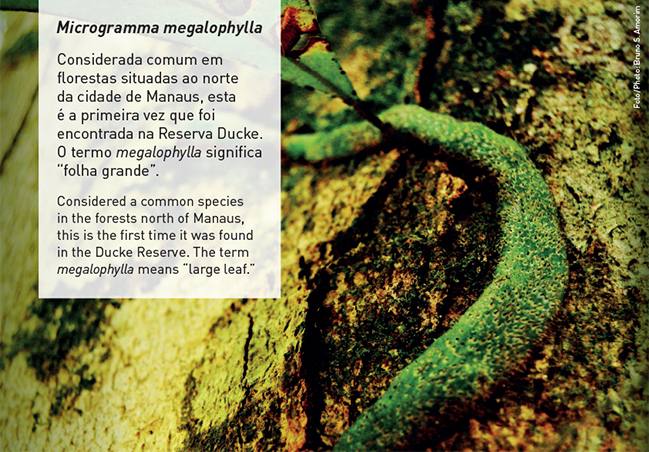
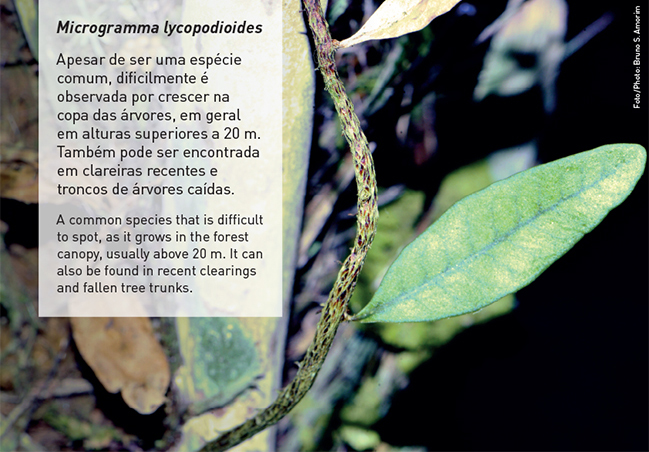
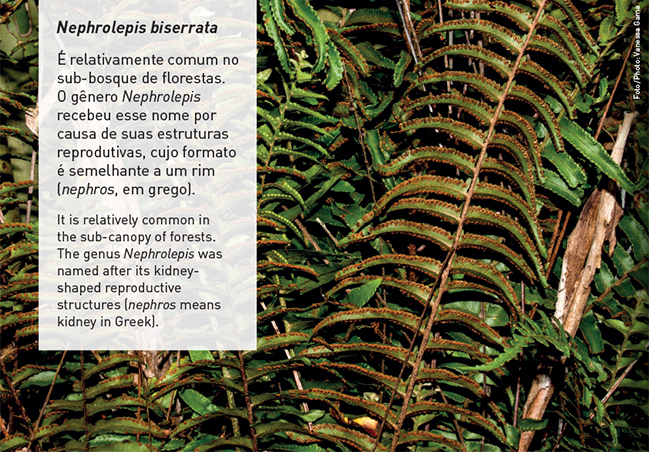
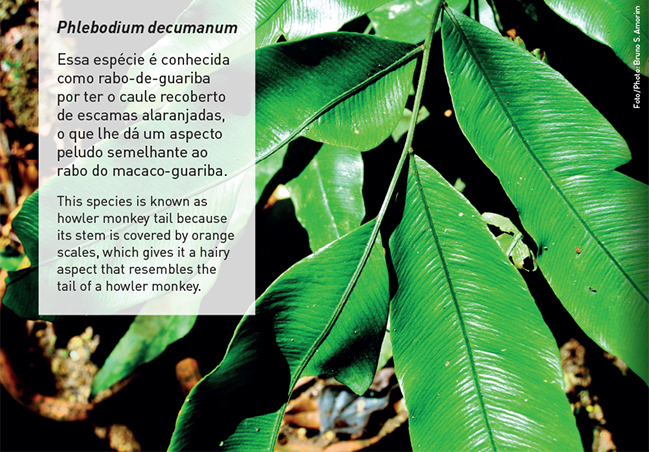
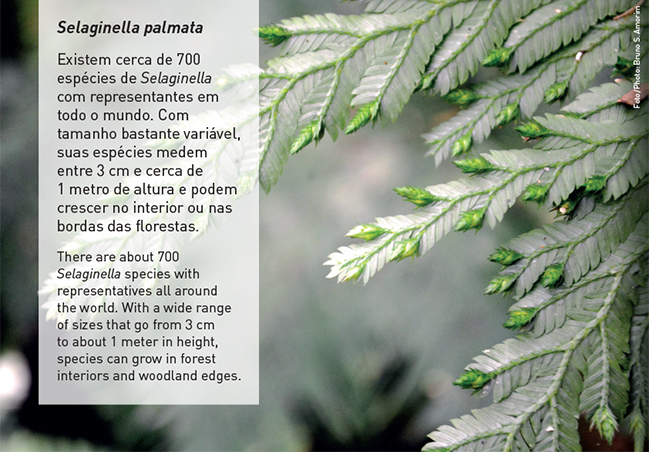
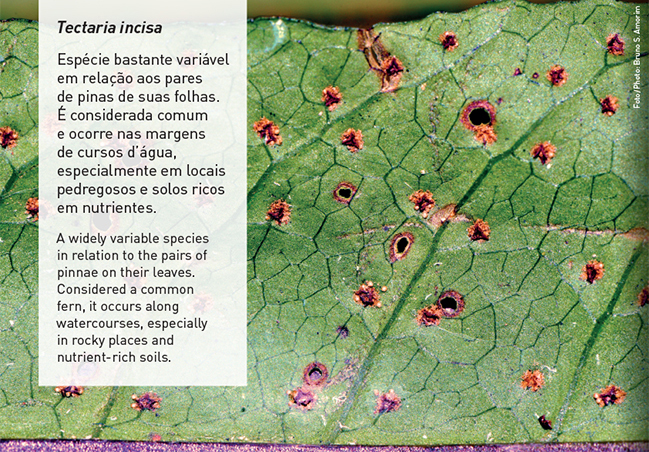
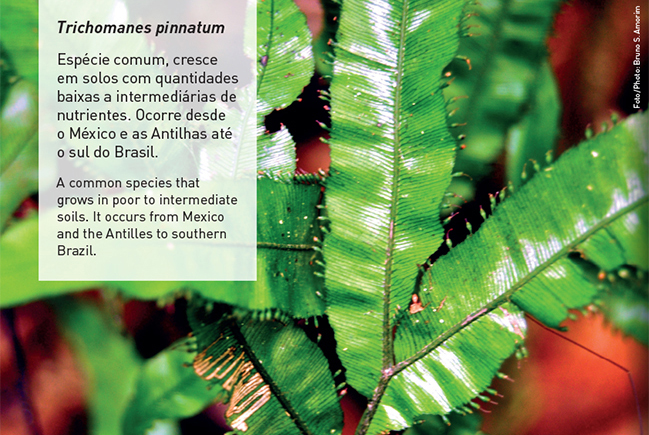
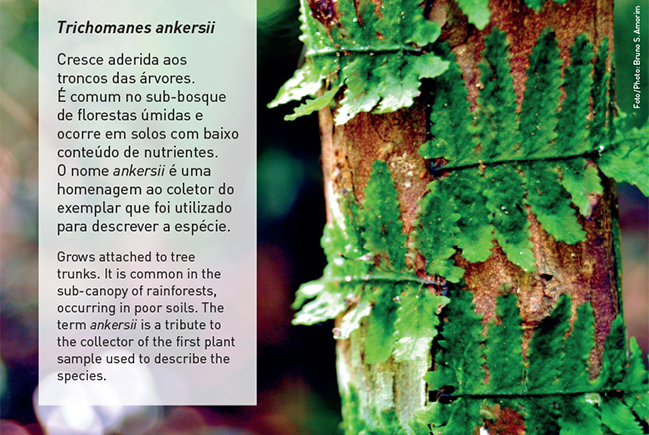
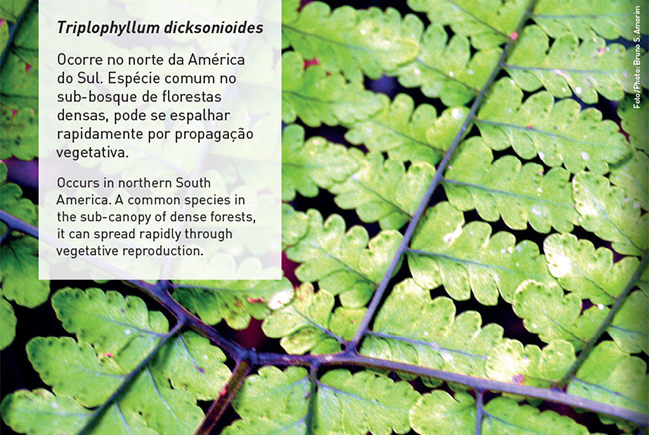
Inaugurated in October 2011, the Fern garden introduces the public to several species of Amazonian ferns.
Ferns are plants that have no flowers, fruit or seeds. Whoever visits the space discovers many curiosities, such as the fact that ferns reproduce themselves through spores instead of seeds. Some species seem to have been hand-embroidered, while others can only be recognized as ferns by a handful of people. The fern’s new leaves bud like staffs or canes, much like the ones used by ancient kings and popes, and that is why they are called baculi.
Today, we cultivate ferns in pots and gardens, but some 245 million years ago, fern forests with plants that could reach a height of up to 115 ft occupied a large part of the earth. Either giant ferns became extinct or they evolved to originate the approximately 13.500 fern species known today in the planet. Abundant in tropical forests, it is estimated that there are about 550 species of these plants in the Amazon, most of which living on tree trunks.
